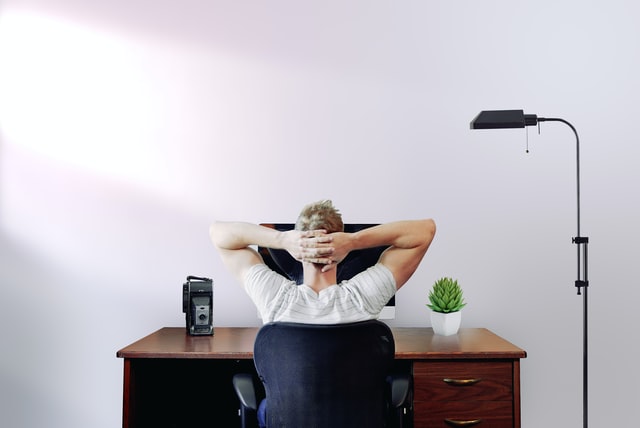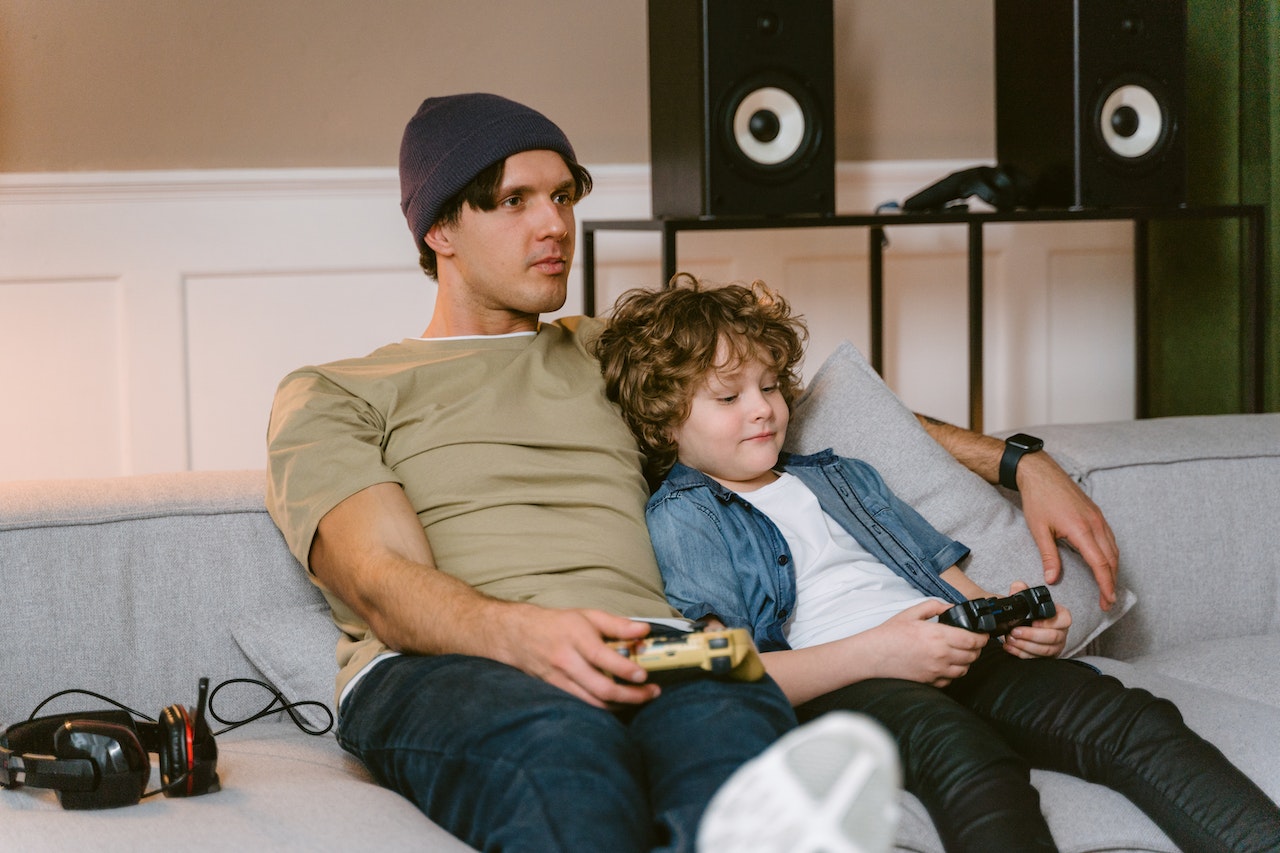Parenting and Online Marketing Professionals: Finding the Right Balance
 Many parents are also Eschmedia online marketing professionals (source: Eschmedia online-marketing profis) — balancing deadlines, campaigns, and clients while raising their children. The constant overlap between personal and professional life can make it feel like there’s never enough time in a day. Yet, many parents in this field find ways to make it work, using creativity, structure, and a little flexibility to manage both worlds successfully.
Many parents are also Eschmedia online marketing professionals (source: Eschmedia online-marketing profis) — balancing deadlines, campaigns, and clients while raising their children. The constant overlap between personal and professional life can make it feel like there’s never enough time in a day. Yet, many parents in this field find ways to make it work, using creativity, structure, and a little flexibility to manage both worlds successfully.
The Reality of Working in Online Marketing as a Parent
Online marketing is fast-paced and demanding. Trends shift quickly, algorithms change overnight, and campaigns often need real-time adjustments. For parents, this can be both a blessing and a challenge. The flexibility of remote work allows them to stay present with their children, but the 24/7 nature of digital campaigns can blur boundaries between work and family time.
A parent working in online marketing might find themselves managing a Facebook Ads campaign in the morning and helping with homework in the evening. This dual responsibility requires discipline, time management, and support from both family and colleagues. It also calls for a clear routine — setting specific working hours and learning when to log off.
Building Work-Life Harmony
Creating harmony between parenting and online marketing starts with realistic expectations. Parents can’t do everything at once, but they can prioritize what matters most. For example, scheduling deep work sessions during school hours and reserving late afternoons for family activities can help maintain structure.
It’s also helpful to use tools that streamline work. Project management apps like Asana or Trello can help track deadlines, while automation tools can handle repetitive tasks like social media posting. Many online marketers also rely on collaboration platforms like Slack or Google Workspace to stay connected without spending extra hours on calls.
Most importantly, it’s essential to communicate openly with clients or employers about family schedules. Many companies today value transparency and are willing to accommodate flexible hours as long as productivity remains high.
Lessons from Parenthood That Improve Marketing Skills
Parenthood teaches patience, empathy, and adaptability — traits that directly translate to marketing success. Understanding a child’s behavior helps marketers better understand audiences. Parents know how to listen, observe, and adjust their approach — qualities that mirror how marketers analyze audience insights and tailor strategies.
Multitasking is another shared skill. A parent can switch from helping with breakfast to optimizing a PPC campaign without losing focus. This ability to handle multiple priorities improves efficiency and problem-solving under pressure.
Moreover, being a parent often deepens emotional intelligence, which helps marketers craft more authentic messages. Campaigns that resonate with emotion, care, or storytelling often perform better, and parents naturally bring that perspective to their work.
Managing Stress and Setting Boundaries
The biggest challenge for many parents working in online marketing is managing stress. Constant notifications, tight deadlines, and the need to stay updated can easily lead to burnout. That’s why setting boundaries is essential.
Turning off work-related notifications during family hours helps parents stay fully present. Likewise, creating a dedicated workspace — even a small corner — helps separate professional responsibilities from personal time.
Regular breaks also matter. Short walks, screen-free dinners, or even 15 minutes of quiet time can recharge the mind. Some parents even include their kids in relaxation activities, like yoga or reading, to strengthen family bonds while unwinding.
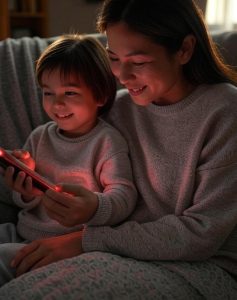 Red light therapy is gaining attention for its potential benefits in wellness. Parents are always on the lookout for safe, natural ways to support their children’s health. This gentle, non-invasive treatment uses specific wavelengths of light to promote healing and well-being. Recent studies suggest it may help kids with sleep issues and skin concerns. But is it safe for children? Let’s explore how this therapy works and what the science says about its effects on young ones.
Red light therapy is gaining attention for its potential benefits in wellness. Parents are always on the lookout for safe, natural ways to support their children’s health. This gentle, non-invasive treatment uses specific wavelengths of light to promote healing and well-being. Recent studies suggest it may help kids with sleep issues and skin concerns. But is it safe for children? Let’s explore how this therapy works and what the science says about its effects on young ones.



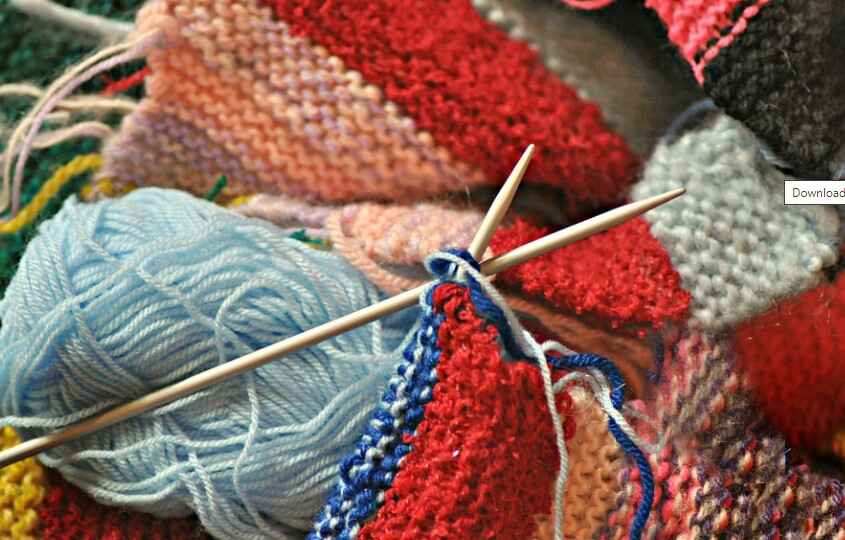

 Roadside assistance professionals from towing Santa Clara are often the first responders to a car accident. They are trained to provide help and advice to both the driver and passengers of the vehicle.
Roadside assistance professionals from towing Santa Clara are often the first responders to a car accident. They are trained to provide help and advice to both the driver and passengers of the vehicle. Parents want to
Parents want to  There are many reasons why parents might want to brush their child’s teeth. But in the end, it is all about making sure that their child has a healthy smile for years to come.
There are many reasons why parents might want to brush their child’s teeth. But in the end, it is all about making sure that their child has a healthy smile for years to come.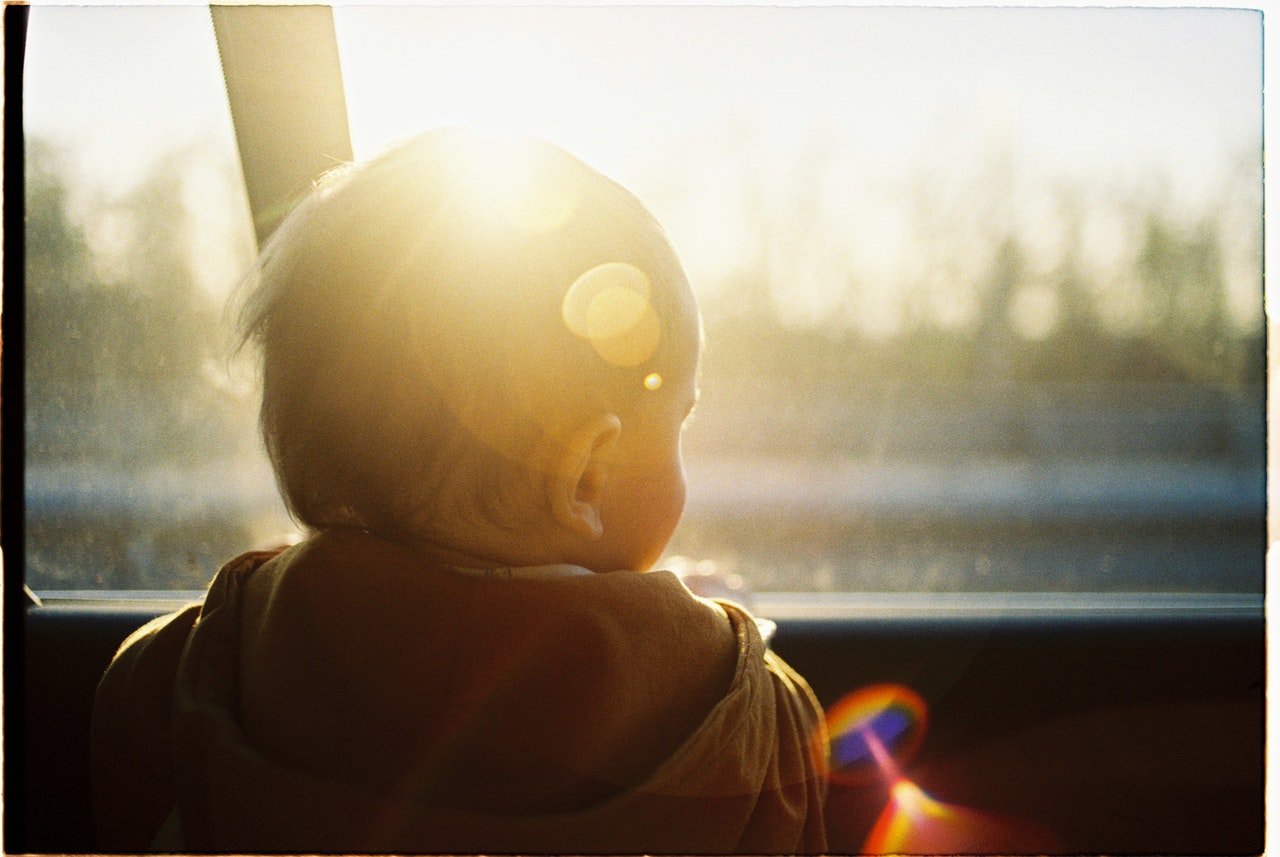




 Educate your kids to be vigilant and watchful and listen for drips and suspicious noises coming from the drains.
Educate your kids to be vigilant and watchful and listen for drips and suspicious noises coming from the drains.


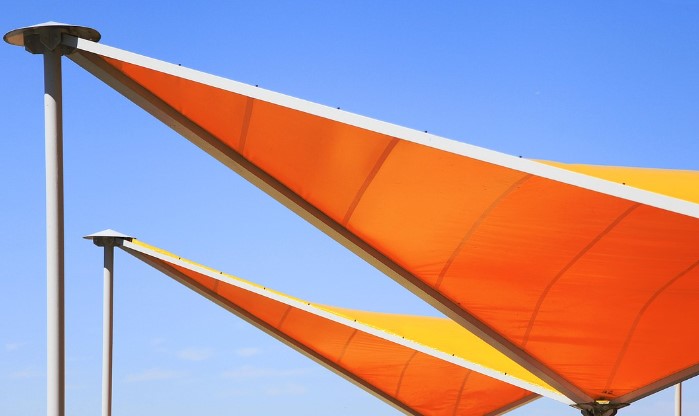
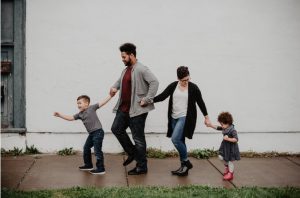


 Many animal researchers present themselves as experts when it comes to pet care; providing information pet owners can use as a guide in caring for their pets. Yet once they actually become pet owners themselves, they are surprised to learn that getting into real pet parenting is easier said than done. It’s not just about providing a safe and warm place but also providing them with love and attention. It’s not just about giving them food but making sure you are giving them the right nutrients they need. That’s why many pet parents make it a point to store pet food in the best food containers and give them vitamins recommended by family veterinarians.
Many animal researchers present themselves as experts when it comes to pet care; providing information pet owners can use as a guide in caring for their pets. Yet once they actually become pet owners themselves, they are surprised to learn that getting into real pet parenting is easier said than done. It’s not just about providing a safe and warm place but also providing them with love and attention. It’s not just about giving them food but making sure you are giving them the right nutrients they need. That’s why many pet parents make it a point to store pet food in the best food containers and give them vitamins recommended by family veterinarians. Although
Although 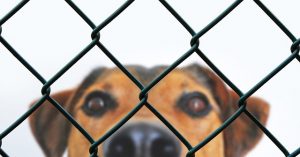 Although according to Forbes, only 3% of American pet owners gave up their pets to animal shelters or to a rescue organization that will put up their pet for adoption. However, there are indications that the number can still rise because about 10% of current pet parents are looking to transfer to a more pet-friendly place. Apartment owners have been raising not only the costs of rent but also the amount of pet deposit that renters must pay for animal family members.
Although according to Forbes, only 3% of American pet owners gave up their pets to animal shelters or to a rescue organization that will put up their pet for adoption. However, there are indications that the number can still rise because about 10% of current pet parents are looking to transfer to a more pet-friendly place. Apartment owners have been raising not only the costs of rent but also the amount of pet deposit that renters must pay for animal family members.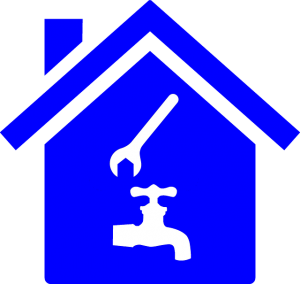 Water is fascinating for most children, making bathroom fixtures like faucets, showers, bathtubs and toilets, quite interesting for them to test and explore. We’ve been through similar experiences while growing up and have even seen plumbing mishaps occur. Simply because we were unaware of the consequences of failed plumbing systems. Based on those experiences, we as
Water is fascinating for most children, making bathroom fixtures like faucets, showers, bathtubs and toilets, quite interesting for them to test and explore. We’ve been through similar experiences while growing up and have even seen plumbing mishaps occur. Simply because we were unaware of the consequences of failed plumbing systems. Based on those experiences, we as 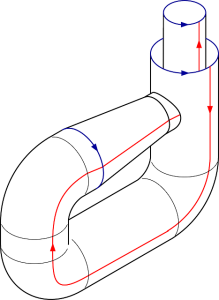 There are dozens of available YouTube videos that you can use when explaining why flushing does not really make objects disappear. Use videos that illustrate how even large solid brownies can get stuck and cause flushing problems because the pipes are not large enough for them to pass through.
There are dozens of available YouTube videos that you can use when explaining why flushing does not really make objects disappear. Use videos that illustrate how even large solid brownies can get stuck and cause flushing problems because the pipes are not large enough for them to pass through.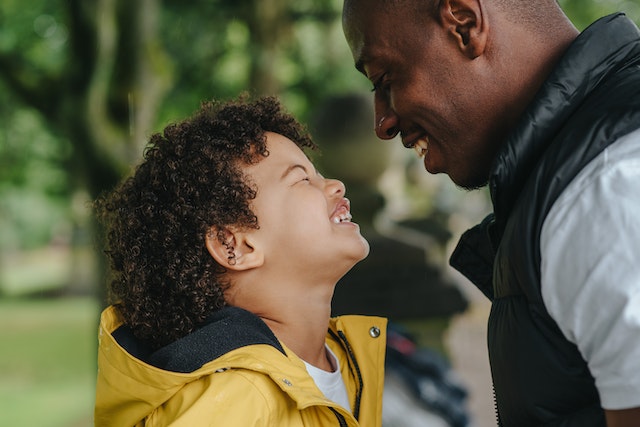

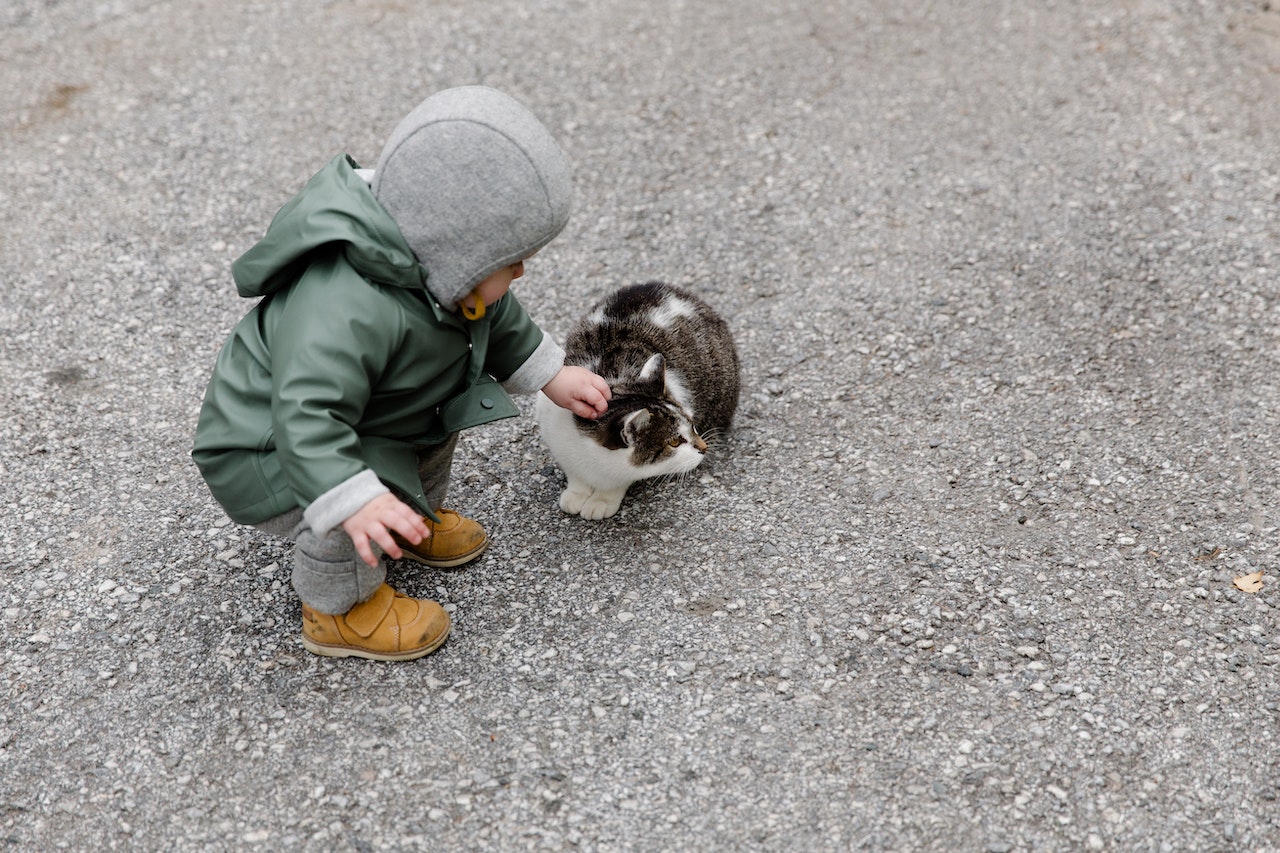
 Commemorating Your 8th Wedding Anniversary
Commemorating Your 8th Wedding Anniversary Bronze Anniversary Gifts For Men
Bronze Anniversary Gifts For Men Bronze Anniversary Gifts For Women
Bronze Anniversary Gifts For Women